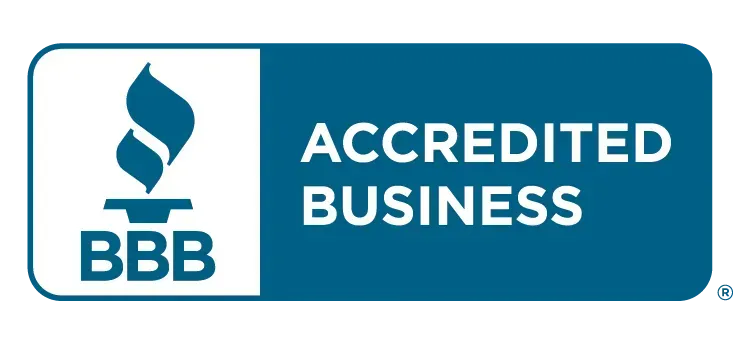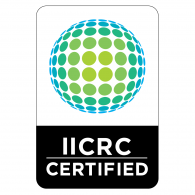FAQ
What are the signs of a mold problem in my home?
Common signs include visible mold growth (which can be black, green, brown, or other colors), a musty or earthy odor, persistent allergy-like symptoms (sneezing, coughing, itchy eyes, runny nose), and water stains or discoloration on walls, ceilings, or floors.
Why is mold growth a problem?
Mold can damage building materials over time, leading to structural issues. More importantly, some types of mold can produce allergens and irritants that can cause health problems, especially for individuals with respiratory conditions, allergies, or weakened immune systems.
How does mold grow in my home?
Mold thrives in damp or humid environments. Common causes of mold growth include leaks (roof, plumbing, windows), high humidity levels, poor ventilation, and flooding. Mold spores are naturally present in the air and will begin to grow when they find a suitable environment with moisture and a food source (like drywall, wood, or dust).
What is mold remediation?
Mold remediation is the process of identifying, containing, removing, and cleaning mold growth in a building to return it to a safe and healthy condition. This often involves addressing the underlying moisture problem to prevent future mold growth.
Can I just clean up the mold myself?
For small, contained areas of non-toxic mold (like mildew in a bathroom), you might be able to clean it yourself using appropriate cleaning products and precautions (like wearing gloves and a mask). However, for larger infestations (over 10 square feet), or if you suspect toxic mold, it's best to hire a professional mold remediation company. Improper cleaning can actually spread mold spores and worsen the problem.


